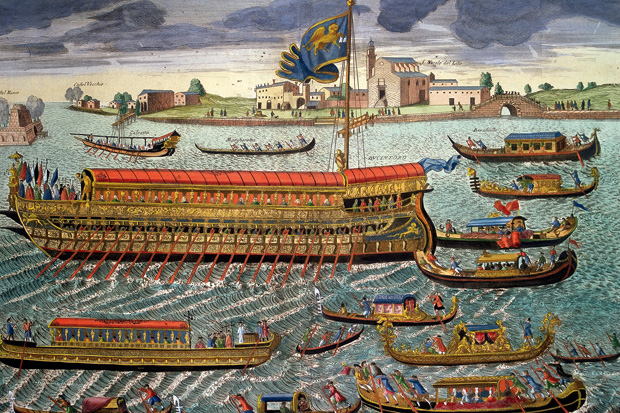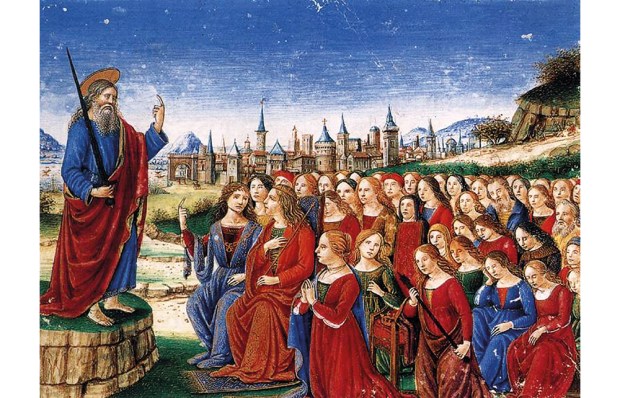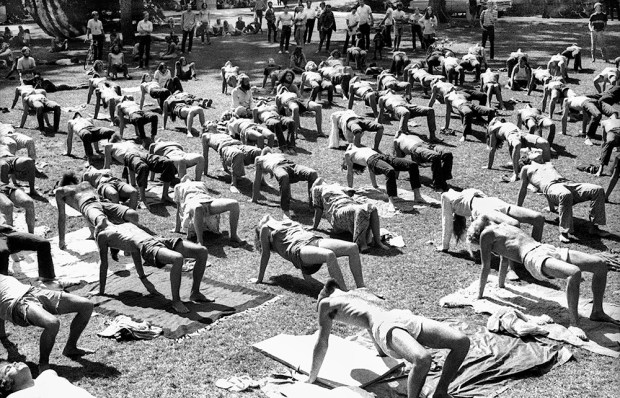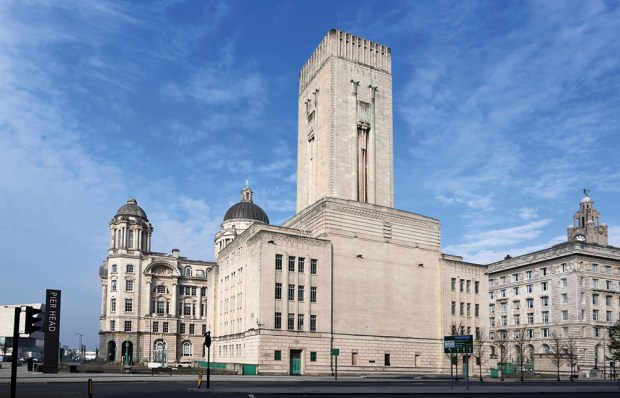The pattern of foreign travel by wealthy young Englishmen that became known as the Grand Tour began in the Renaissance and matured in the 17th century. In its origins it was a training for statesmanship. The state’s takeover of the church, which had done so much of the state’s official business, enlarged the employment opportunities of the nobility and gentry. So did the expansion of the government’s administrative resources and ambitions. But with the opportunities came challenges. Monarchs needed their advisers and officials and diplomats to be skilled and knowledgeable. So noblemen and gentlemen urged their sons to look beyond the accustomed pleasures of the hunting field and get down to educational business. They placed them under learned and strenuous tutors, or sent them to the universities and inns of court that grew and prospered under landowning patronage.
Never has the English ruling class been so earnestly educated. Remote as the content of its latinate education may seem to us, it had a practical orientation. Fathers and theorists enjoined the study of history, because the political thought of the period was essentially the study of historical laws and lessons that could be applied to present problems. The development of foreign travel — principally to France and Italy, but also to Spain and Germany and Switzerland and the Low Countries and elsewhere too — had a similarly utilitarian aim. One young voyager after another was told not just to look at the scenery or wonder at the eccentricity of foreigners but to enquire into the political organisation and power struggles, and the military dispositions and capacities, of the countries they visited — information that might not only stretch and nourish the minds of future rulers but be immediately useful to fathers in Whitehall.
The journeys were expensive, and they had their hazards. Some of the risks are remembered by Polonius, whose concerns about the itchy-footed Laertes echo many a paternal warning of Shakespeare’s time. Magnates employed doyens of cultural and intellectual life not only as learned guides but to keep their young charges from debts and damsels and diseases. Ben Jonson (who took Sir Walter Raleigh’s son to France), Inigo Jones, Andrew Marvell and Thomas Hobbes were among the supervisors of young Englishmen abroad.
There were political and religious anxieties, too. Might not the impressionable young be lured into exile conspiracies, or be converted to Catholicism? Arrest or kidnap by hostile powers was another danger. English ambassadors kept close watches on travellers, who could cross the Channel only with a government licence, and who were instructed to keep out of the papal states. That was a nuisance, because Bologna and Ferrara, which stood within them, blocked the direct route from Florence to Padua or Venice. Yet all excursions into Italy aroused unease. Queen Elizabeth’s leading minister William Cecil, Lord Burghley, urged his contemporaries not to ‘suffer thy sons to pass the Alps, for they shall learn nothing there but pride, blasphemy and atheism’.
There was a recurrent ambivalence about exposure to foreign influence. The Reformation, having severed England from the international community of the Catholic church, gradually identified Protestantism with the national identity of a land beleaguered by the threat of Catholic invasion. Puritans reacted against the cosmopolitanism of the well-travelled. ‘We send our children to France before they know God or good manners,’ lamented Oliver Cromwell, and they ‘return with all the licentiousness of that nation.’
Objections did not come from puritans alone. Cromwell’s great enemy, the royalist statesman the Earl of Clarendon, feared that youths educated abroad ‘suck in all manner of poison’. The trend of travel was nonetheless unstoppable. Milton the puritan assailed popery in his writings and yearned for its apocalyptic destruction. Yet Milton the poet and aesthete was enraptured, on his formative journey to Italy, by the conversation of the Pope’s nephew and leadingadviser Cardinal Barberini.
Under the early Stuarts, a boom era in foreign travel, the government’s anxieties abated a little. In 1610 Lord Burghley’s son Robert Cecil, Earl of Salisbury, who had succeeded him as the Crown’s leading minister, allowed his own son, William Viscount Cranborne, the figure on whom the Jacobean age turns, the visit to Italy against which Salisbury’s father had advised. The ending of the Armada war by the treaty of 1604 had lowered the ideological temperature, and Spain’s subsequent charm offensive kept it down until later in the reign. Spain and Spanish territories in Italy were now more accessible to English Protestants. Travel in France had become easier since the end of its wars of religion in 1598. The truce between Spain and the Netherlands in 1609 pacified the Low Countries.
As the number of travellers grew, utilitarian motives were increasingly complemented by, or subordinated to, the aesthetic impulses of sophisticated tourism. The cusp of that development was the Jacobean age, though Edward Chaney and Timothy Wilks, as their mildly anachronistic title implies, are more taken with the cultural than with the political preoccupations of the travellers. The classic work in the field, John Stoye’s English Travellers Abroad 1604–1667 (published in 1952 and revised in 1989), began its story with the decision of the two leading political families of the early years of James I’s reign, the Cecils and the Howards, who had backed the peace with Spain, to send scions of their houses abroad in its aftermath. Chaney and Wilks make an enterprising and scholarly book out of the same subject.
Viscount Cranborne’s extensive travels of 1609–11 are their principal topic. He kept a journal, in schoolboy French, which provides one of the first records of an aristocratic continental itinerary. John Stoye, who noted that for all their educational travels the careers of the Cecil and Howard scions did not amount to much, was unimpressed by the mind revealed by the journal. He thought Cranborne ‘not easy to educate, or even to amuse’. Chaney and Wilks are more sympathetic. Even so they find it easier to give life to two of his companions: his tutors, John Finet, who would become James I’s Master of Ceremonies and write a celebrated handbook on diplomatic etiquette, and Inigo Jones. The most compelling passages of the book argue that Jones’s designs drew feelingly on the Roman remains he saw at Cranborne’s side in the south of France.
Though the joint authors might have worked harder at finding a unity of voice and of focus, their book is packed with suggestive detail. It is sumptuously and tellingly illustrated. And its narrative of the travels is evocative enough to elicit, from a reader trapped in a drizzly English winter, sighs for Keats’s warm south.
Got something to add? Join the discussion and comment below.
Get 10 issues for just $10
Subscribe to The Spectator Australia today for the next 10 magazine issues, plus full online access, for just $10.
Available from the Spectator Bookshop, £22.50. Tel: 08430 600033
You might disagree with half of it, but you’ll enjoy reading all of it. Try your first month for free, then just $2 a week for the remainder of your first year.














Comments
Don't miss out
Join the conversation with other Spectator Australia readers. Subscribe to leave a comment.
SUBSCRIBEAlready a subscriber? Log in